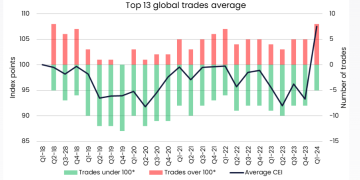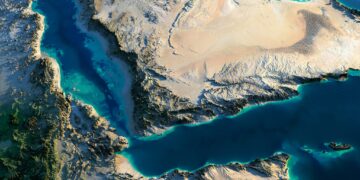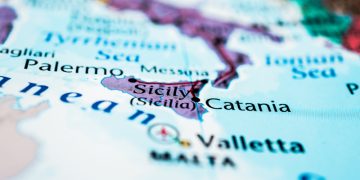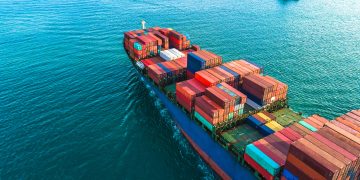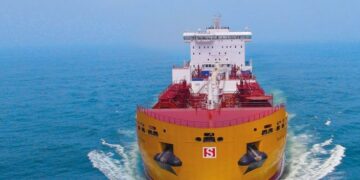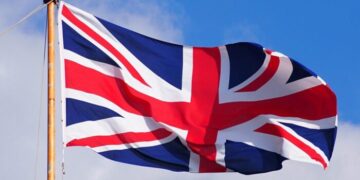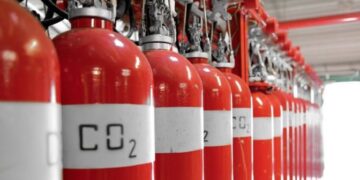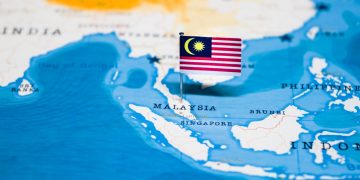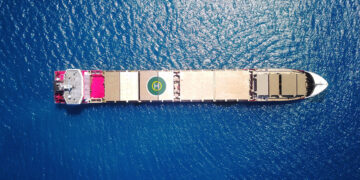New California Sewage Discharge Requirements
Effective from 28 March 2012 The state of California has announced a no-discharge zone (NDZ) for passenger vessels of 300 grt or more having berths or overnight accommodations, and oceangoing vessels of 300 grt or more, with available holding tank capacity, or containing sewage generated while the vessel was outside of the marine waters of the state of California.To ensure compliance with these new local rules, ship owners are advised to do the following:Vessels without dedicated sewage holding tank(s) may enter Californian waters and discharge treated sewage from sewage treatment system as before. Vessels without sewage treatment system, only holding tank(s), are not allowed to discharge any sewage to sea inside the NDZ.Vessels with sewage treatment plant and dedicated sewage holding tank(s) (treated or untreated): The ship's holding tank(s) must be "de minimis" discharged prior to entering California waters. The vessel must refrain from discharging any sewage (treated or untreated) as long as there is remaining holding tank capacity.If the vessel reaches maximum holding tank capacity, discharge of "properly treated sewage" is only allowed through a type-approved sewage treatment system.If the vessel is entering the NDZ with sewage in its holding tank(s), the vessel is not allowed to discharge any ...
Read more



